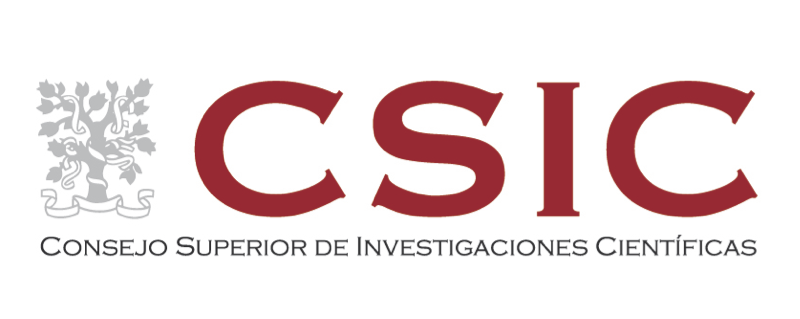International Journal of Molecular Sciences, vol. 23, nº 3 (2022)
Article preview
© 2022 by the authors. Licensee MDPI, Basel, Switzerland.The study of endoxylanases as catalysts to valorize hemicellulosic residues and to obtain glycosides with improved properties is a topic of great industrial interest. In this work, a GH10 β-1,4-endoxylanase (XynSOS), from the ascomycetous fungus Talaromyces amestolkiae, has been het-erologously produced in Pichia pastoris, purified, and characterized. rXynSOS is a highly glycosylated monomeric enzyme of 53 kDa that contains a functional CBM1 domain and shows its optimal activity on azurine cross-linked (AZCL)–beechwood xylan at 70◦ C and pH 5. Substrate specificity and kinetic studies confirmed its versatility and high affinity for beechwood xylan and wheat arabi-noxylan. Moreover, rXynSOS was capable of transglycosylating phenolic compounds, although with low efficiencies. For expanding its synthetic capacity, a glycosynthase variant of rXynSOS was developed by directed mutagenesis, replacing its nucleophile catalytic residue E236 by a glycine (rXynSOS-E236G). This novel glycosynthase was able to synthesize β-1,4-xylooligosaccharides (XOS) of different lengths (four, six, eight, and ten xylose units), which are known to be emerging prebiotics. rXynSOS-E236G was also much more active than the native enzyme in the glycosylation of a broad range of phenolic compounds with antioxidant properties. The interesting capabilities of rXynSOS and its glycosynthase variant make them promising tools for biotechnological applications.




